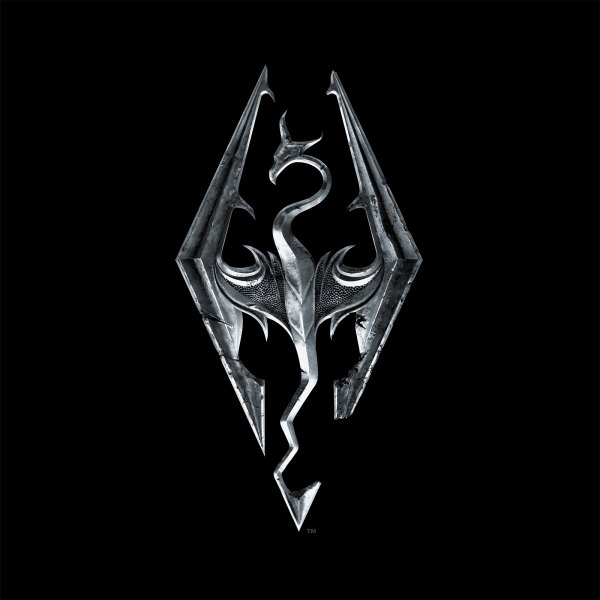
Some spoilers for Skyrim will be contained within; you’ve been warned!
The holidays are approaching, and for me that means it will soon be time to light the Chanukah Menorah and eat some latkes. But when it comes to holidays and being a gamer, one has to stop note that sometimes your favourite games have a similarity to a holiday being observed (whether or not the developers intended that to be so). This is the case with The Elder Scrolls V: Skyrim and the holiday of Chanukah.
The story of Chanukah is the story of the Maccabean revolt against the Seleucid Empire to restore freedom, both political and religious to Judea. The empire had imposed new religious laws on the region and a revolt by the faithful was launched; that led to the liberation of the land and the re-dedication of the Temple. Judas Maccabaeus was one of the key figures in the revolt that led to the Jewish people being free, and his name and legacy have been preserved for generations as a figure to look up to and admire. After the revolt, a new dynasty of Jewish kings came to power as the Hasmonean dynasty, and ancient Israel was once again under their own control; Israel was no longer under the rule of a foreign empire that imposed laws religious of religious persecution. Now doesn’t this all sound familiar?
A key part of Skyrim is the Stormcloak rebellion: led by Ulfric Stormcloak, it seeks to renew the land of Skyrim’s independence from the Empire, restore the freedom to worship their patron god Talos. Should the Stormcloaks win the civil war, so the tale goes, one of the first acts they intend do is to restore the shrine of Talos in the temple of the divines; this is not disimilar to the Holy Temple of Israel being rededicated and purified after the Maccabean revolt. This could be coincidental, but even if it is, the similarities are enough that I feel Skyrim’s Stormcloak route truly does re-tell the story of Chanukah. But the similarities do not end there.
The land of Skyrim, as seen in the game, is populated with people who’ve abandoned the Nordic pantheon (for the most part) in favour of the imperial pantheon. This is notable in that the Nords of Skyrim traditionally despised some of the Imperial pantheon such as Arkay. Similarly in the story of Chanukah, many Jews were close to abandoning their traditions in favour of the culture & religion coercively pushed on them by the Seleucid Empire. While Ulfric’s victory is only seen to restore Talos-worship in the game, it would not be hard to imagine that it would eventually lead to a full revival of the Nordic traditions. Ulfric’s restoration of Talos in the temple of the divines is more than just a simple act; it marks the beginning of the return for the Nords to their traditions that were abandoned, or taken from them. So too did the re-dedication of the temple mark the Jewish people returning to their faith and traditions after a period of war, both with the Empire, and with the loyalists.
I noticed these similarities while I was playing the game and while I cannot be sure if they were intentional or not, they stood out to me. Things like this help keep gaming fresh, by showing you that there can be deeper meaning in the games you play. You just need to look in the right places.
Disclaimer: The above editorial represents the point of view of the author only, and does not necessarily reflect the opinions of Real Otaku Gamer or its staff.


I think when you come up with something creative, it’s very hard not to unconsciously draw things from your own experiences or from the world around you, so even if they weren’t intending to draw any religious or cultural parallels in their story, it would not surprise me if they were on some deeper level inspired by Jewish history (in this particular case) when it came to crafting this world and the story.
Thanks for writing such an interesting piece!